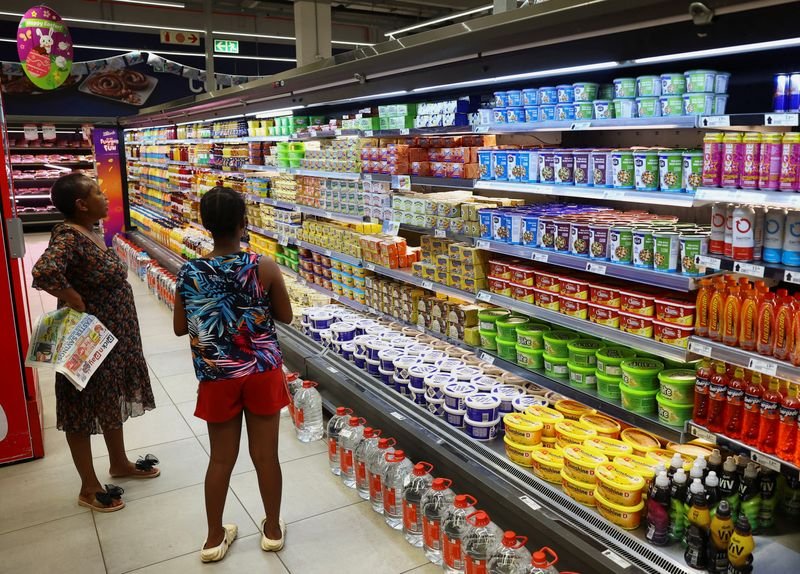South Africa’s Inflation Trends and Their Impact on Interest Rates
In recent economic discussions, South Africa’s modest inflation increase has sparked interest among analysts regarding potential adjustments in interest rates. This situation might create opportunities for policymakers to reduce rates, positively influencing economic growth.
Understanding the Inflation Rate in South Africa
Inflation, defined as the rate at which the general level of prices for goods and services rises, is a crucial indicator of economic health. South Africa’s inflation rate has shown slight upward movement recently, yet it remains within manageable limits. This stability presents a unique opportunity for the South African Reserve Bank (SARB) to consider rate cuts, which could invigorate the economy.
Current Economic Landscape
The economic environment in South Africa has been shaped by various factors, including global market trends and local fiscal policies. Positive developments in employment rates and consumer confidence contribute to a favorable economic setting, allowing the SARB to contemplate lower interest rates. Lower rates could further stimulate consumer spending and investment, fostering a more robust recovery.
Factors Influencing Inflation
Several elements impact South Africa’s inflation, such as energy costs, food prices, and currency fluctuations. While recent data indicates a slight increase in inflation, experts believe the overall trend is still manageable. Analyzing these factors helps economists predict future inflation trajectories, assisting the SARB in making informed decisions about interest rates.
Energy Prices and Inflation
Energy prices typically play a significant role in shaping inflation rates. In South Africa, fluctuations in oil prices can have a cascading effect on transportation and manufacturing costs, ultimately impacting consumer prices. However, recent trends indicate that energy costs are stabilizing, which could ease inflationary pressures.
Food Prices as a Key Component
Food prices are another critical factor contributing to inflation in South Africa. Changes in agricultural output, shipping costs, and weather conditions can all influence food availability and prices. By monitoring these variables, analysts can gain insights into potential inflation trends, which may support the SARB’s decision-making process regarding interest rates.
Implications of Potential Rate Cuts
If the SARB opts to reduce interest rates, the move could have significant implications for the economy. Lower borrowing costs can lead to increased consumer spending and business investments, paving the way for economic expansion. Additionally, it can help prospective homebuyers by lowering mortgage payments, further stimulating the housing market.
Boosting Consumer Confidence
By reducing interest rates, the SARB signals to consumers and businesses that it is dedicated to fostering economic growth. This action can enhance consumer confidence, encouraging spending and investment, which are critical components of a healthy economy.
Attracting Foreign Investments
Lower interest rates can also make South Africa an appealing destination for foreign investments. Investors typically seek high returns, and competitive rates can attract capital inflow, supporting economic stability and growth. As foreign investments increase, they can create jobs and further enhance the local economy.
Monitoring Inflation Moving Forward
As the South African economy continues to evolve, ongoing monitoring of inflation trends will remain essential for policymakers. The SARB must stay vigilant and responsive to changing economic indicators to make informed decisions regarding interest rate adjustments. Analysts will be closely observing inflation trends, energy costs, and food prices, all of which will play crucial roles in shaping the future economic landscape.
Conclusion
In summary, the recent uptick in South Africa’s inflation is manageable, providing the SARB with room to explore potential interest rate cuts. By understanding the factors that influence inflation and the implications of lower rates, stakeholders can better navigate the evolving economic environment. Whether it leads to increased consumer spending, heightened investor confidence, or sustained economic growth, the path forward is one of cautious optimism for South Africa’s economy.
